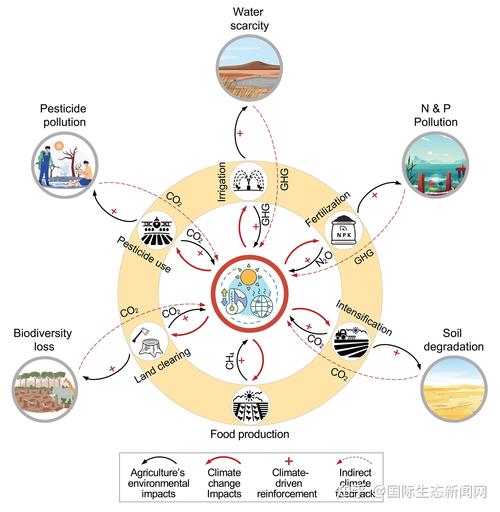The Journey of Economic Growth: Understanding the Engines of Expansion
 summary:
The Journey of Economic Growth explores the engines of expansion, delving into the factors...
summary:
The Journey of Economic Growth explores the engines of expansion, delving into the factors... The Journey of Economic Growth explores the engines of expansion, delving into the factors and forces that drive economic growth. It provides an understanding of the complex interplay between various factors like technology, innovation, infrastructure, policies, and more, which are crucial for a country's economic progress. The journey highlights the importance of understanding the economic landscape and its dynamics to shape a prosperous future.
In today's globalized world, economic growth remains a pivotal aspect of societal development, influencing every aspect of our lives from job creation to technological advancements. As countries strive to expand their economies, it is important to understand the engines that drive this growth and how they can be optimized for sustainable development.
What is Economic Growth?
Economic growth can be defined as the increase in the production of goods and services within an economy over a period of time. It is typically measured through the gross domestic product (GDP), which reflects the market value of all final goods and services produced within a country. When an economy grows, it creates more jobs, raises living standards, and enables countries to invest more in social and economic development programs.
Engines of Economic Growth
There are several engines that drive economic growth, including productivity improvements, technological advancements, investment in infrastructure, trade liberalization, and human capital development. Let's explore each of these engines in detail.
1、Productivity Improvements: As businesses become more efficient in their production processes, they are able to produce more goods and services with fewer resources. This increase in productivity leads to higher GDP and economic growth. To improve productivity, businesses invest in new technologies, train their workforce, and adopt better management practices.
2、Technological Advancements: Technology plays a crucial role in driving economic growth. It improves productivity, reduces costs, and enables businesses to compete globally. Investing in research and development (R&D) helps create new technologies that drive innovation and economic expansion.
3、Investment in Infrastructure: Infrastructure such as roads, bridges, railways, ports, and telecommunications networks are essential for economic growth. By investing in infrastructure, countries can improve connectivity, reduce transportation costs, and facilitate trade and commerce. This investment also creates jobs and boosts economic activity.
4、Trade Liberalization: Opening up economies to international trade helps countries capitalize on their comparative advantages and specialize in areas where they can grow most efficiently. Trade liberalization also encourages competition, which drives innovation and productivity improvements.
5、Human Capital Development: The skills and knowledge of the workforce are crucial for economic growth. By investing in education and training, countries can develop their human capital, enabling businesses to be more productive and innovative. This investment also helps create a skilled workforce that is capable of adapting to changes in the labor market and contributing to economic growth.
Sustainable Development
While economic growth is important for societal development, it must be achieved in a sustainable manner to ensure long-term benefits. Sustainable development involves balancing economic growth with environmental protection and social equity. This can be achieved by promoting green technologies, encouraging sustainable production methods, and ensuring that the benefits of economic growth are shared by all segments of society.
Conclusion
Economic growth is a complex process that involves several engines working together to drive expansion. By understanding these engines and optimizing them for sustainable development, countries can achieve faster and more inclusive growth that benefits all segments of society. As we move forward, it is important to continue investing in productivity improvements, technological advancements, infrastructure development, trade liberalization, and human capital development to drive economic growth and societal progress.

